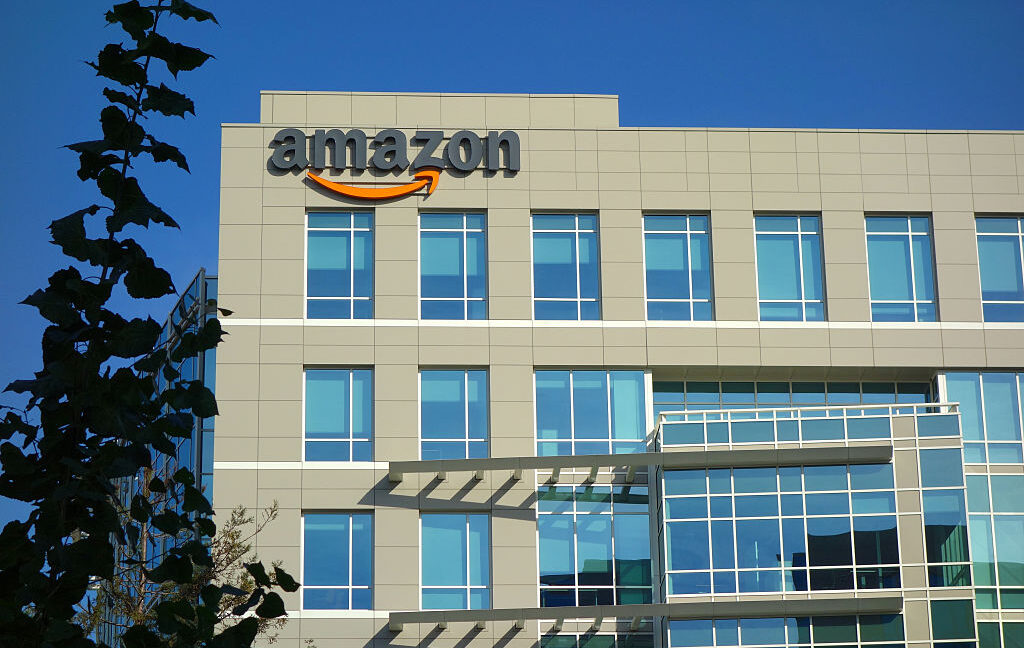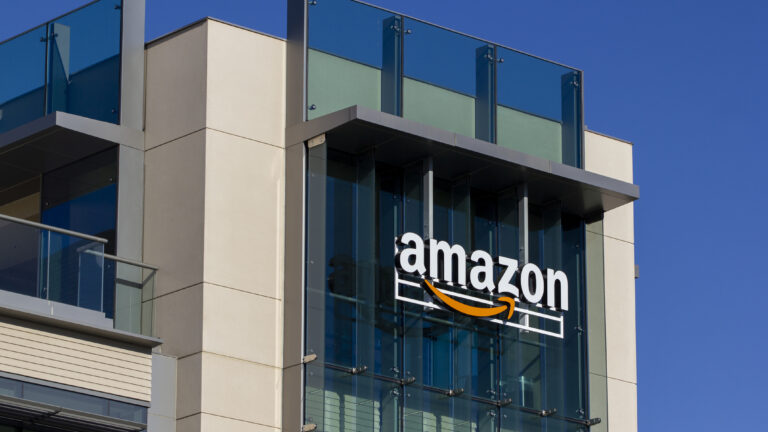It’s getting harder to skirt RTO policies without employers noticing
For example, while high-profile banks like JPMorgan Chase and HSBC have started enforcing in-office policies, London-headquartered bank Standard Chartered is letting managers and individual employees decide how often workers are expected in the office. In July, Standard CEO Bill Winters told Bloomberg Television:
We work with adults. The adults can have an adult conversation with other adults and decide how they’re going to best manage their team.
The differing management methods come as numerous corporations have pointed to in-office work as driving collaboration, ideation, and, in some cases, revenue, while numerous studies point to RTO policies hurting employee morale and risking employee retention.
“There are some markets where there’s effectively peer pressure to come in more often, and there’s other markets where there’s less of that,” Winters said. “People come into the office because they want to come into the office.”
Office space
After the COVID-19 pandemic forced many businesses to figure out how to function with remote workers, there was speculation that the commercial real estate business would seriously suffer long-term. CNBC reported that the US office vacancy rate (18.9 percent) is currently near the highest we’ve seen in 30 years (19 percent).
However, CBRE, which has big stakes here, found that out of the companies it surveyed, more are planning to expand office space than reduce it. Per the report, 67 percent of companies said they will expand or maintain the size of their office space over the next three years, compared to 64 percent last year. Thirty-three percent of respondents overall said they will reduce office space; however, among companies with at least 10,000 employees, 60 percent are planning to downsize. Among the companies planning to downsize, 79 percent said they are doing so because more hybrid work means that they need less space.
“Employers are much more focused now than they were pre-pandemic on quality of workplace experience, the efficiency of seat sharing, and the vibrancy of the districts in which they’re located,” Julie Whelan, CBRE’s global head of occupier research, told CNBC.
Although tariffs and broader economic uncertainty are turning some corporations away from long-term real estate decisions, Whelan said many firms are ready to make decisions about office space, “even if there’s a little bit of economic uncertainty right now.”
It’s getting harder to skirt RTO policies without employers noticing Read More »
















